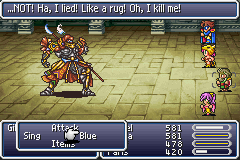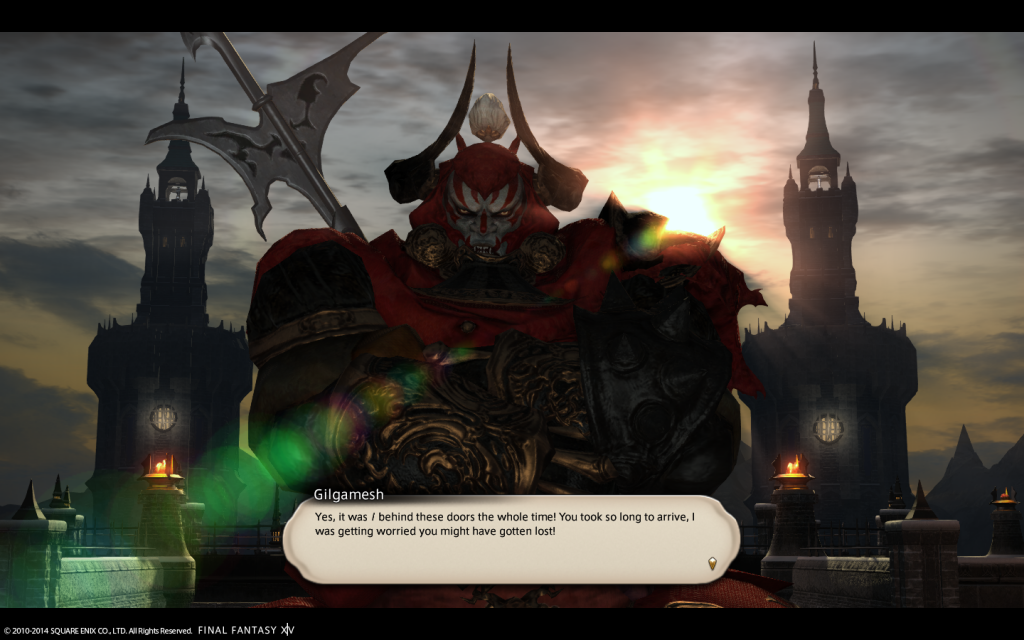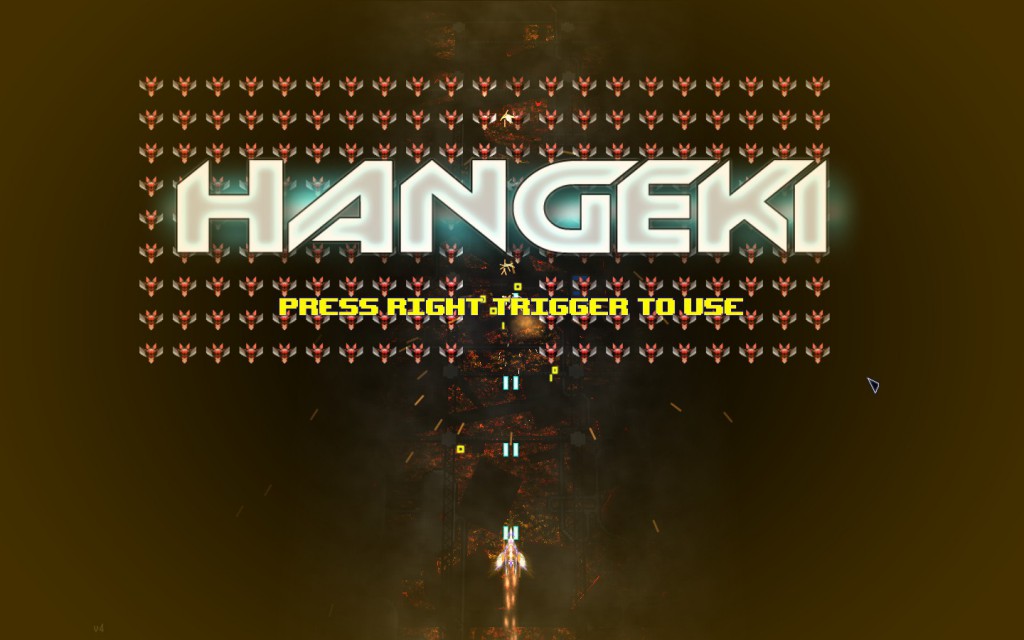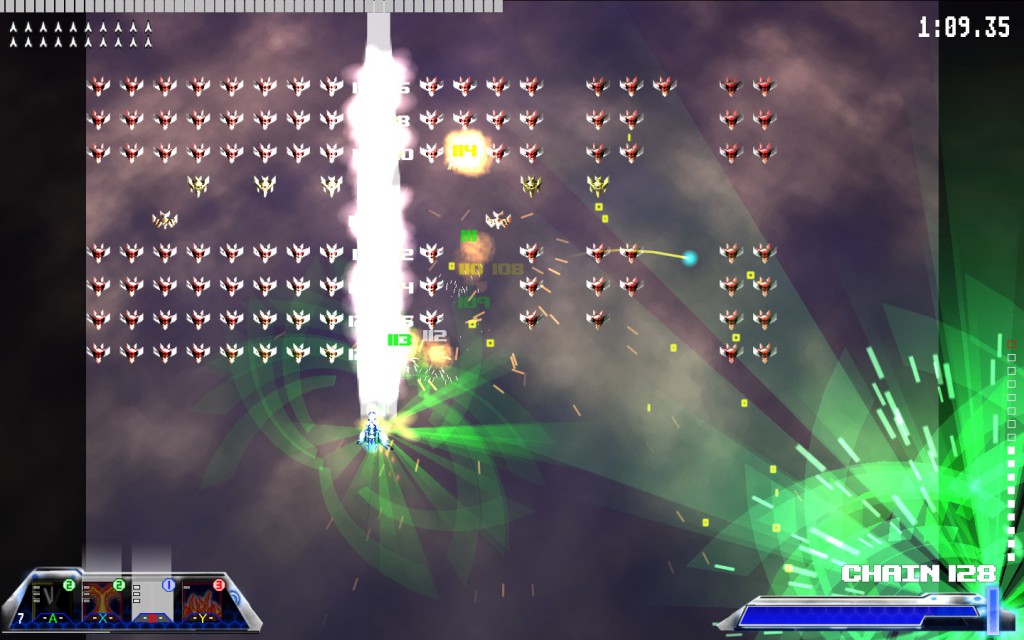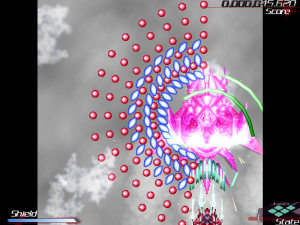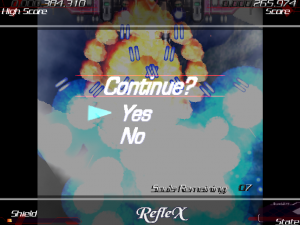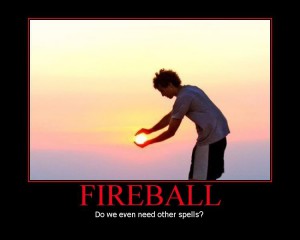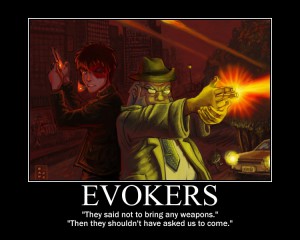The thing I was going to write about this evening was a bust because Pillars of Eternity barely runs on the computer I find myself writing on. Instead, I’m going to jump on the bandwagon and tackle a piece of this questionnaire. I’m sure you’ve seen the questions by now, so here goes!
1. When did you start playing video games?
Part of the fun of being in my generation is that I can honestly say I started playing video games in school. Specifically, I remember playing Number Munchers in kindergarten, and I had Math Blaster on my own computer shortly afterward. I tend not to count educational games when asked this question, but that’s the honest answer.
2. What is the first game you remember playing?
For this one I will skip over the educational games and credit Sonic 2. Playing this with an older cousin is the first non-educational gaming experience I can recall (although that’s not to say it taught me nothing). I’m kind of sad that the Sonic series is in the stat it’s currently in, because it used to be so good. (It’s more than just nostalgia, Sonic 3 still holds up now.)
3. PC or Console?
I started as a PC gamer, and that died when I got my PlayStation, and came back when I went to college and didn’t have it. Currently I’m primarily a PC gamer, but I still do a fair bit of gaming on consoles. The Xinput driver for the 360 controller was the final straw that pushed me to be primarily a PC gamer, however.
4. XBox, PlayStation, or Wii?
PlayStation. The PS1 was the first console I had, and PS+ has been such a huge value proposition that it’s kept me with Sony consoles. (As a side note, I’m actually kind of annoyed that they’re starting to require it for online functionality, but I’m already so bought into it that it doesn’t personally affect me. Marketing works!) I had a Wii to play Smash Bros, and I have a Wii U primarily to play Mario Kart (Although Pikmin 3 and Zelda: Wind Waker HD are also fun). I had a 360 for several XBLA titles (Sine Mora and Dust: An Elysian Tail were among these), but now that those are coming to Steam 6-8 months later like clockwork, I don’t think I’ll be buying the XBox One.
What’s the best game you’ve ever played?
This is kind of a hard one. I really feel like the game I should put here is Bastion, as I was obsessed with all parts of it for a while, I still replay it on occasion, and it’s great. It does share my steam favorites section with a few games that I feel like I should mention, though. VVVVVV, Skyrim, Risk of Rain, and Portal all come to mind when I think of great games.
What’s the worst game you’ve ever played?
This one’s a bit easier. First, I’ve played the ET game, but that was knowing how bad it was and when I was in college, so it probably shouldn’t count. When I got my PS1, I got a pair of games with it. One of them was G-Darius, which is excellent. The other one was Perfect Weapon. I couldn’t figure out how to do anything in this game, from navigating away from the starting area to fighting the first enemies you see (some kind of wolf or dog things, if I’m remembering correctly). The only reviews of this I can dig up are EGM giving it a 67 and PC Zone UK giving it a 38, so I wasn’t alone in my assessment. (The worst game I bought for myself is Dragon Rage, a terrible PS2 game.)
That’s enough for now, I think. For more posts about… everything, check out the Blaugust Initiative. For a whole bunch of responses to this in particular, see Belghast, Isey, Welshtroll, and Simcha, with more to come when I get back to adding my own answers.

